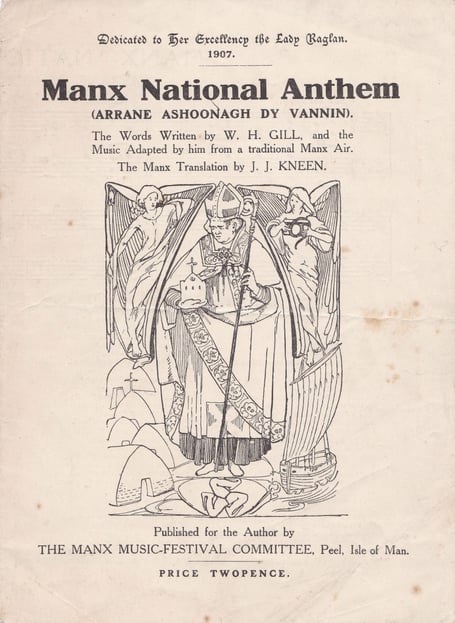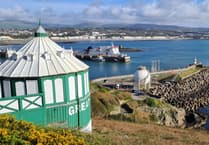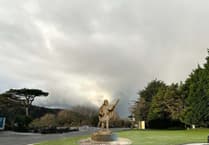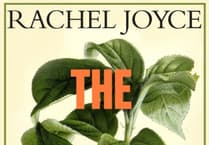Ahead of Tynwald Day on July 5, Chloe Woolley, Manx music development officer at Culture Vannin, takes a brief look at the history of the Manx National Anthem ‘O Land of our Birth’.
Based on an old Manx folk tune, the National Anthem was written by William Henry Gill (1839-1923) who, along with his brother Deemster John Frederick Gill and Dr John Clague, was a collector of Manx folk music and the editor of Manx National Songs – now known as the Manx National Song Book.
The Gill brothers were born in Sicily, but were of Manx heritage, and they were schooled at King William’s College which is where they met Dr Clague and the celebrated Manx poet TE Brown.
Until 1907, which was also the first year of the TT races, the Manx nation was only familiar with ‘God Save the King’, occasionally performed in Manx Gaelic as ‘Yee Saue yn Ree’.
Along with a few other composers, including Dr J Lyon and Miss ML Wood, Gill saw a gap in the market for an anthem composed specifically for the Isle of Man.
Eliza Craven Green and J Townsend’s ‘Ellan Vannin’ had been published long before in 1854 but, despite its popularity, it was never nominated and still remains the unofficial or ‘alternative Manx national anthem’!
Gill had hoped his old friend TE Brown would compose lyrics to accompany his new anthem, but the celebrated Manx poet died before taking on the challenge.
So Gill took a version of the well-known national air ‘Mylecharaine’ or ‘Molly Charane’ and wrote new lyrics himself to form an anthem ‘worthy to stand side by side, although at a respectable distance from, ‘God Save the King’.’
Gill’s version of the air is most like the dance tune to ‘Mylecharaine’s March’; a sword dance later collected by Mona Douglas.
Dedicated to the Governor’s wife, Lady Raglan, Gill’s anthem, with the opening line of ‘O Land of our Birth’ was launched at the Manx Music Festival (Guild) of 1907 to mixed reviews (particularly from Gill’s competitors!), but it was quickly adopted by the Manx nation and printed annually in the Guild programme thereafter.
It is therefore quite surprising to learn that it was only officially recognised as the Manx National Anthem by Tynwald in 2003.
Consisting of eight verses, the anthem gives a romantic outline of the Island’s history from Norse times. It was translated into Manx Gaelic by John J Kneen (1873 – 1938) and today the first and last verses are most likely to be sung at official and social events.
Over the past century, there have been countless recordings of the anthem by choirs and organists, orchestras and bagpipers, and even electric guitar arrangements by Charles Guard and Davy Knowles.
During lockdown, Paul Moulton compiled a video featuring singers including Sam Barks, Olivia Black, Paul Costain and NHS staff, and Culture Vannin produced a Manx Gaelic collaborative video led by Ruth Keggin Gell which brought together Manx singers from all over the island and beyond.
Isle of Man schools are continually encouraged the learn the anthem and everyone can have a go at learning it too from Dr Chloe Woolley and her young daughter, Cristl on manxmusic.com
O land of our birth,
O gem of God’s earth,
O Island so strong and so fair;
Built firm as Barrule,
Thy Throne of Home Rule
Makes us free as thy sweet mountain air.





Comments
This article has no comments yet. Be the first to leave a comment.